Hickory nuts are dropping in the woods and in the hedgerows. The pigs are pleased. They crush the shells with their molars and then sort the nut meat from the shell with their tongues, spitting out the fragments. The noise from the cracking shells sounds like it ought to be painful, but the pigs obviously don’t think so.
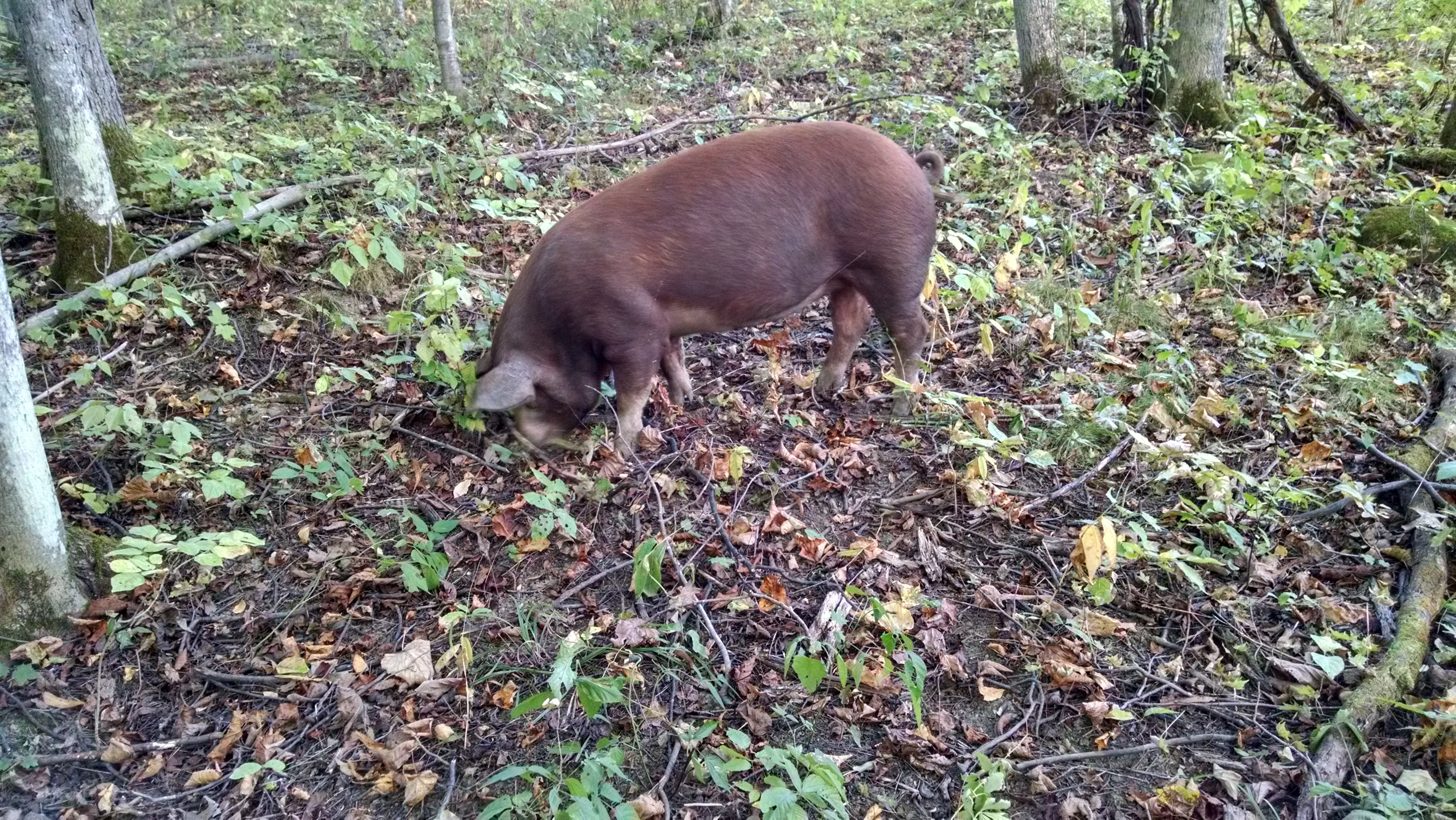
Nuts and acorns have been traditionally used for pig forage. Our farm has red and white oaks scattered thinly over it, but they are so far apart that we can’t move the pigs to all those isolated locations to harvest the fallen acorns. Pigs used to be fattened in this part of the country in the abundant chestnut groves until the blight wiped them out, but I’ll write more on a curious short term reintroduction of chestnuts in a future post… Other mast forages like pecans, walnuts, hazelnuts, and beechnuts either can’t be grown here or just aren’t found on our farm. But we do have hickory nuts, lots of them. We have both shagbark and bitternut varieties. I prefer the shagbark trees for their crazy delaminated appearances. Nuts from the shagbarks are more palatable for human consumption although extracting the meat is more challenging and less rewarding than working with pecans or walnuts. The bitternuts are appropriately named for their high tannin content. Pigs seem to be equally fond of both hickory species.
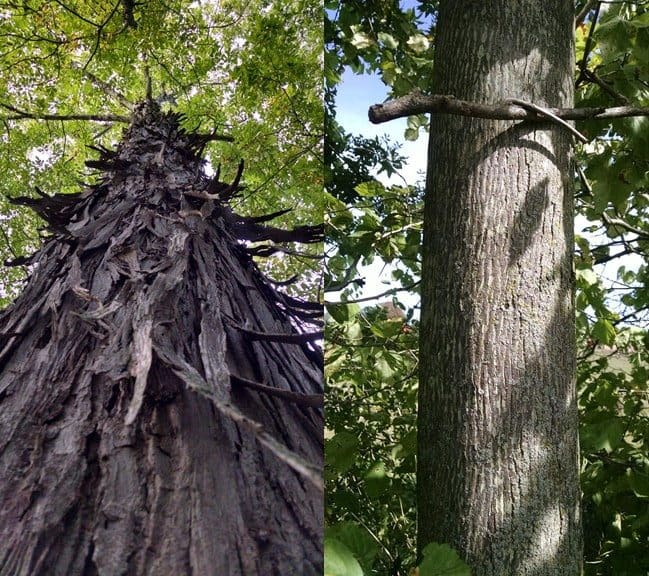
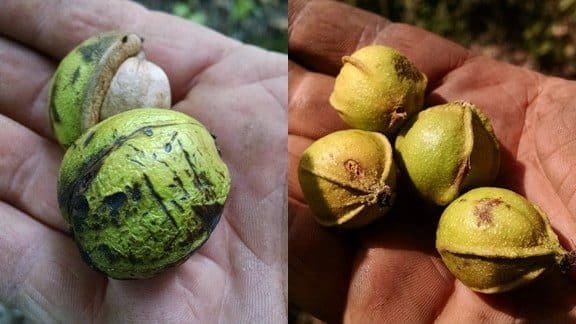
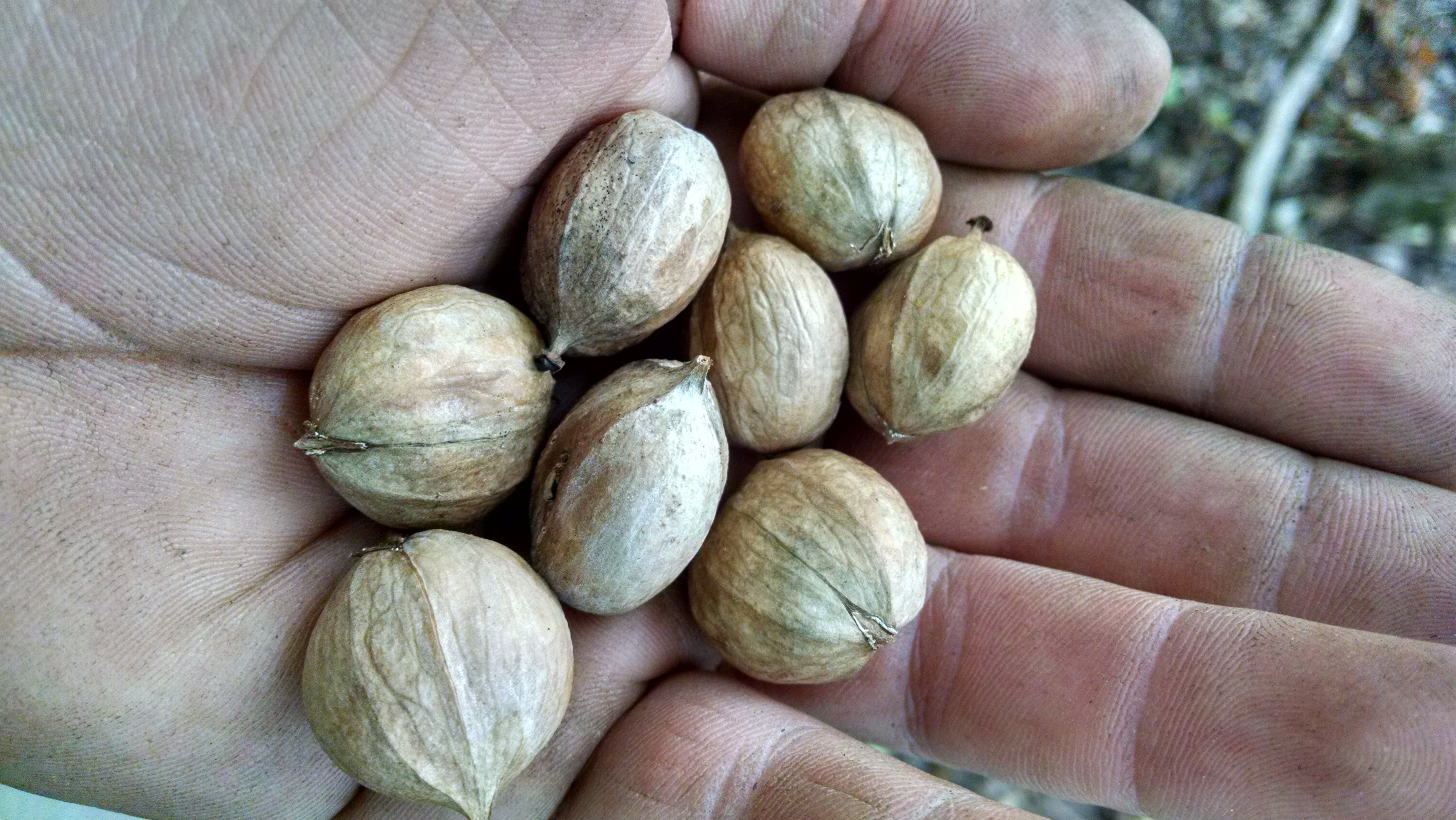
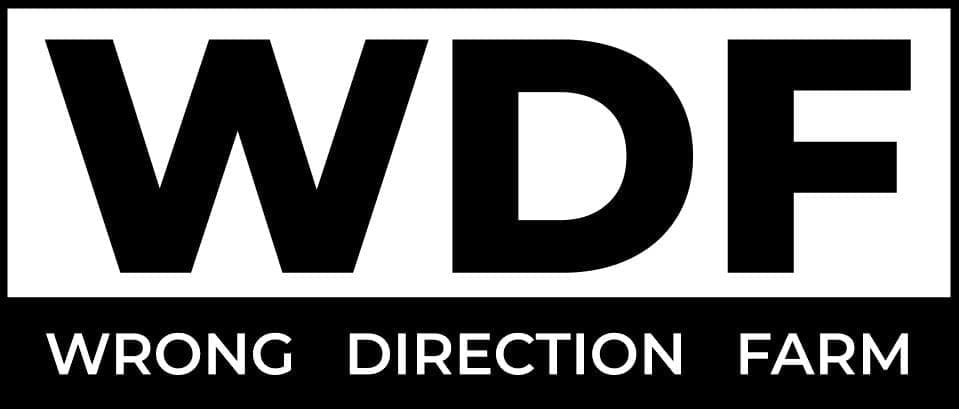
4 thoughts on “Old Hickory”
Awesome. I wish I had nuts on my place. The only mast type crop we have worth speaking of comes from the wild apples… but the fencing as it currently stands doesn’t make for very easy pig harvesting of those areas. Next year I plan to fence in an area that includes a number of apple trees.
I just harvested some hazelnuts from a nearby property for myself, not for the pigs. They’re tasty, and it’s set me to thinking about planting a bunch of them around here so the swine can share in the bounty. Unlike most other nuts the turn-around time from seedling to nut bearing plant is not so long with hazels so it seems reasonable to give it a shot.
Rachel and I have discussed planting a row of hazels along a keyline in the front pasture, and then going further planting a second line of fruit or nut trees behind it (like the idealized and frustratingly impossible illustrations in permaculture literature). Really the only thing that keeps me from doing it is the realization that the way we work with grazing the pastures and hedgerows has changed over the last five seasons we’ve been here. I feel like I’m getting there, but I need one or two more seasons before I understand my place well enough to start doing plantings. Planting trees and shrubs is like building fences. Of the first few fences I’ve built, almost all of them have had to be modified or moved because I realized that improper fence placement really affected my ability to manage grazing.
If you get some hazels growing, I’m interested in hearing about your experiences.
I’m in much the same boat. We’ve had the intention of doing a “holistic land management plan” for coming on four years now and it still hasn’t happened. Fences, gates, buildings, trees, all are relatively long-llived things that ought not to be moved once placed…
I actually do have a number of hazelnuts from Badgersett nursery. And some from Oikos. I planted them about 4 years ago. Most of those from Oikos are dead, largely through neglect on my part. Are you familiar with either of these nurseries? I’d buy from Badgersett again since he’s been specifically breeding for production and I am under the impression Oikos is a bit more on the ‘wild-crafting’ end of things.
I harvested about 25 nuts from the most precocious Badgersett hazel this year and they’re significantly larger than the bucket of wild ones I picked on the neighbor’s place.
No, I’m not familiar with either nursery. I don’t recall which nurseries I looked at, but neither Badgersett’s nor Oikos’ website looks familiar. Both of them have winter climates comparable to Central NY’s climate, so they’ve got that going for them. There are a number of interesting plants on these sites that I need to investigate. Thanks for the new leads you’ve provided.